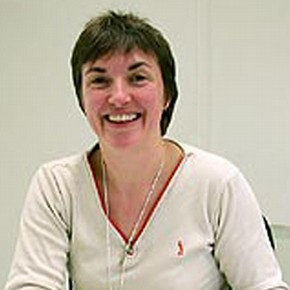Conservation Journal
Autumn 2005 Issue 51
Editorial
With this in mind I look at the articles in this edition of the 'V&A Conservation Journal' and appreciate all the more just how conservation and conservation science make that difference by ensuring the visitor can interpret objects (Bamforth) and in presenting collections in more visitor friendly ways (Derbyshire). Articles exemplify how the Department continues to contribute to collaborative research (Dokos et al, Burgio et al), education (Luxford et al) and professional development (Rivers et al, Kite).
Collections for the Future highlighted that 'there are not enough staff in museums with a focus on developing collections' potential and many museums do not have access to the expertise they need.'5 I was delighted therefore that the expertise of the Conservation staff was acknowledged in the recent round of promotion reviews, when Elizabeth-Anne Haldane (Textile Conservator) attained promotion to Senior Conservator (Band 4) and Jane Rutherston (Head Book Conservator) attained merit promotion on account of their international reputation, contribution to the profession and delivery of major Museum objectives.
The securing (subject to raising partnership funding) of £9.75m from the Heritage Lottery Fund for the Medieval & Renaissance Wing (due to open in 2009), £350,000 of which is ear-marked for conservation, will enable the Museum, and the Department, to continue to make a significant contribution to the visions embedded in the Collections of the Future.
Footnotes
1. Collections for the Future, Report of the Museums Association inquiry, Museums Association, 2005
2. Collections for the Future p.3
3. Jones, M., Show and Tell, 'Museums Journal', June 2005, p.24-27
4. Johnson, N., Wanted: new breed of curator, 'Museums Journal', June 2005, p.16-17
5. Collections for the Future p.5
Autumn 2005 Issue 51
- Editorial
- The new miniatures gallery
- Fur trade legacy
- Into battle: Conservation of a Venetian shield
- Smart and Techno Fabrics: fundamental properties of new fibres and their future
- RCA/V&A Conservation: Study trip to Rome, April 2005
- Presentations involving V&A staff accepted for the ICOM-CC 14th Triennial Meeting held from 12-16 September 2005 in The Hague
- Lustre ceramics analysis using the MOLAB facilities
- RCA/V&A Postgraduate Conservation Programme
- Printer friendly version
